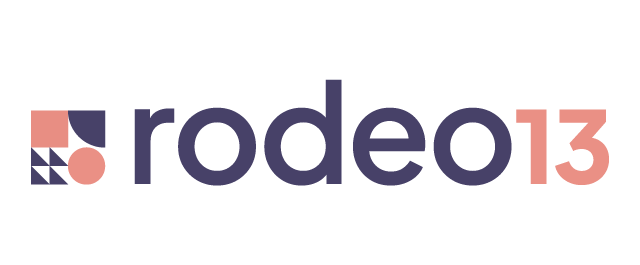The buyer journey is the process that potential buyers go through, from becoming aware of their business problem to evaluating solutions to making a purchase decision. Mapping out the stages, questions, and criteria your buyer personas are considering along the way is essential to success and will help you pinpoint gaps and opportunities where your content can solve problems and offer value.
First Things First
Before we dive into the various B2B buyer stages, it's essential to call out a common pattern: nearly every company talks about being buyer-centric. However, a closer examination often reveals the contrary:
- most of their valuable content is hidden behind walls (requires an email address)
- they rely on high-volume unsolicited sales outreach to fill the pipeline
- they don't allocate time or resources to listening to customer needs
- sales and marketing work in siloes
While this may have proven effective before 2018, the B2B buyer journey has changed radically since then. For professionals who’ve been in the B2B game for a while, it can be tempting to stick to old strategies. However, change is inevitable, and success hinges on a company’s ability to continuously adapt to how buyers move through their journey from awareness to decision.
The B2B buyer journey in insights can range from 10 to 18 months or even more. During this time, consistency in creating the right content is quintessential.
B2B buyers have moved on from talking directly to salespeople. They are doing their own research and evaluation process almost 100% independently. This means browsing your blog articles, case studies, snooping on your social media, and even listening to you or your colleagues talk on podcasts.
So, what can you do to aid this process?
Help visitors understand what you do and how it helps them in the easiest way possible.
In other words, adapt your marketing to facilitate solo decision-making:
- un-gate your content so buyers have as much information freely available as possible, without having to give up their email address
- provide value through different content formats without expecting anything in return
- when a buyer is ready to talk to you, let them book time directly with an expert to see how you can solve their problem
- stay in tune with customer needs and keep the pulse on the market
Define and Understand Your Buyer Personas
The first step in mapping the B2B buyer journey isunderstanding your audience's pain points and interests. This helps you tailor your messaging and content to better resonate with your audience. Without clearly defined buyer personas, you risk wasting time, resources, and money on ineffective marketing campaigns.
Let’s look at it on a more granular level:
1. Awareness Stage
At this stage, your prospects are looking for solutions to their problem. Use blog posts, non-transactional newsletters, long-form guides/ebooks, and high-level informative webinars to educate your buyer personas on different aspects of their problem and potential solutions you can offer.
Appropriate CTAs to use: “Learn more about X”, “Find useful resources on X”, “Follow us on social media for more valuable content on X”
2. Consideration Stage
Prospects in the consideration stage are aware of your solutions and are looking to resolve doubts. Use case studies/use cases, white papers, and deep-dive webinars/podcasts to showcase your expertise, product, and differentiation.
Appropriate CTAs to use: “Join our newsletter”, “Grab our case study on X”, “Watch a webinar on X”
3. Decision Stage
In the decision stage, your prospects are looking for final reassurance. Use testimonials/social proof, demos, and FAQs to address objections, common doubts, and reinforce trust in your solution.
Appropriate CTAs to use: “Get in touch”, “Book a free consultation/demo”, “Sign up now”
4. Nurture Stage
Maintain engagement post-purchase with ongoing thought leadership content, invite-only workshops/webinars, and “what next” content to reinforce your authority on the subject matter.
It’s worth noting that the B2B buyer journey is far from linear. It’s more like a tangled web, like so:

As prospects move through their long and winding journey during these 12-18 months, having as much freely available information as possible facilitates decision-making:
- Recycle content: turn interviews/podcasts into blogs or bite-sized content on social media. Repurpose a blog article into a short carousel.
- Leverage earned media: submit thought leadership pieces to industry publications and guest-star on relevant external podcasts
- Run online events: host a panel discussion with clients, suppliers or experts on current topics and make sure attendees get something to take away
- Stay active on LinkedIn: and we don't mean your company page! Build your personal brand, seek out new connections, and create content consistently to stay top-of-mind.
- Un-gate valuable resources: a good rule of thumb would be to have one gated high-value resource (for example, a report or a detailed workbook/guide) for every five ungated pieces of content.
A Final Note
The B2B buyer journey has changed significantly in recent years, with buyers conducting their research and evaluation process almost completely on their own. To adapt, B2B businesses should consider changing their strategy to maximize value without expecting anything in return. While the buyer journey may seem complex, understanding it will allow you to better align your marketing efforts with your audience's needs.
Remember, the goal is to create a seamless experience that slowly guides your potential clients from awareness to decision. Keep analyzing and refining your B2B buyer journey for continuous improvement.
